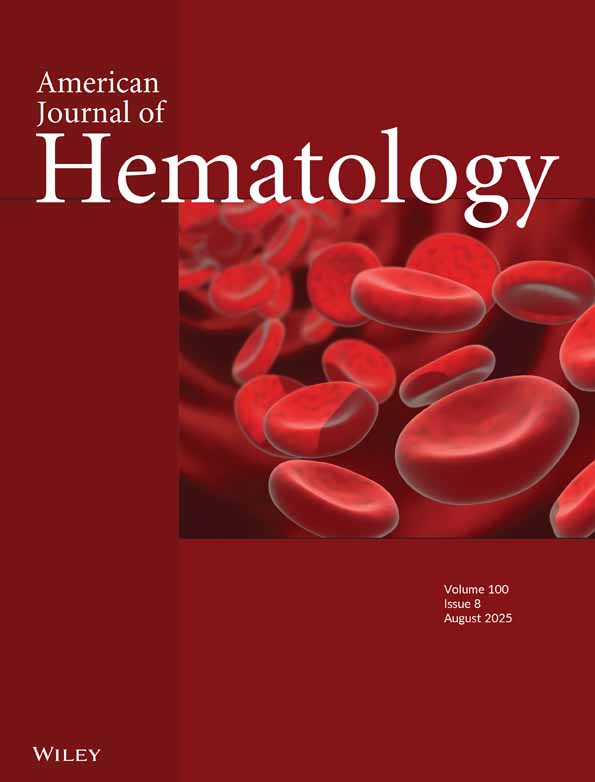Properties of the mouse α-globin HS-26: Relationship to HS-40, the major enhancer of human α-globin gene expression
Abstract
HS-26, the mouse homologue of HS-40, is the major regulatory element of the mouse α-globin gene locus. Like HS-40, HS-26 is located within an intron of a house-keeping gene; comparison of the nucleotide sequences of HS-26 and HS-40 reveals conservation of the sequences and positions of several DNA binding motifs in the 5′ regions of both elements (3 GATA, 2 NFE-2, and 1 CACCC sites) and the absence in HS-26 of three CACCC sites and one GATA site that are present in the 3′ region of HS-40, suggesting that the two elements might not be identical. We report here that when HS-26 is linked to a 1.5 kb Psti human α-globin gene fragment, it has a weak enhancer activity in induced MEL cells and in transgenic embryos, and it does not have any detectable activity in adult transgenic mice. This suggests that HS-26 does not have Locus Control Region (LCR) activity but can act as an enhancer during the embryonic life when integrated at a permissive locus. To further test the importance of HS-26 at its natural locus, we have generated embryonic stem cells and chimeric animals in which 350 bp containing HS-26 have been replaced by a neomycin resistance gene by homologous recombination. The sizes of the chimeras' red cells were then estimated by measuring forward scattering on a FacsScan apparatus in hypotonic conditions. This revealed that a fraction of the chimeric animals' red cells were smaller than normal mouse red cells and were very similar to cells from mice heterozygous for α-thalassemia. Density gradient analysis also suggested the presence of thalassemic cells. These results indicated that despite its lack of LCR activity, HS-26 is important for the regulation of the mouse α-globin gene locus. Am. J. Hematol. 54:30–39, 1997 © 1997 Wiley-Liss, Inc.




